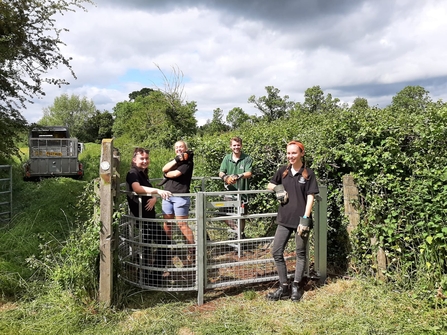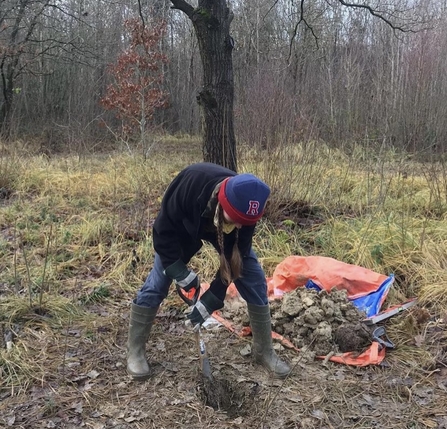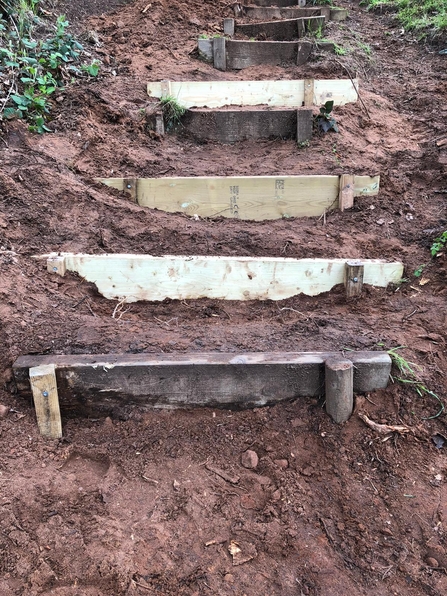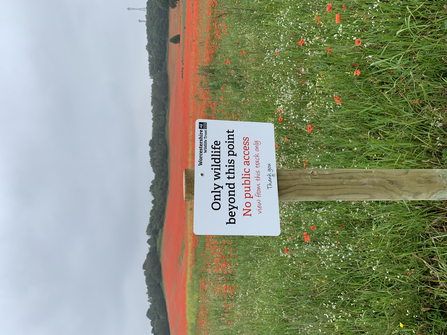After working through summer, autumn, winter and spring, I think it's time to discuss the seasonal variety in the management that we undertake on our nature reserves. From chain-sawing in the snow to installing kissing-gates in the roaring sun, you name it and we have probably done it.
Summer sun





